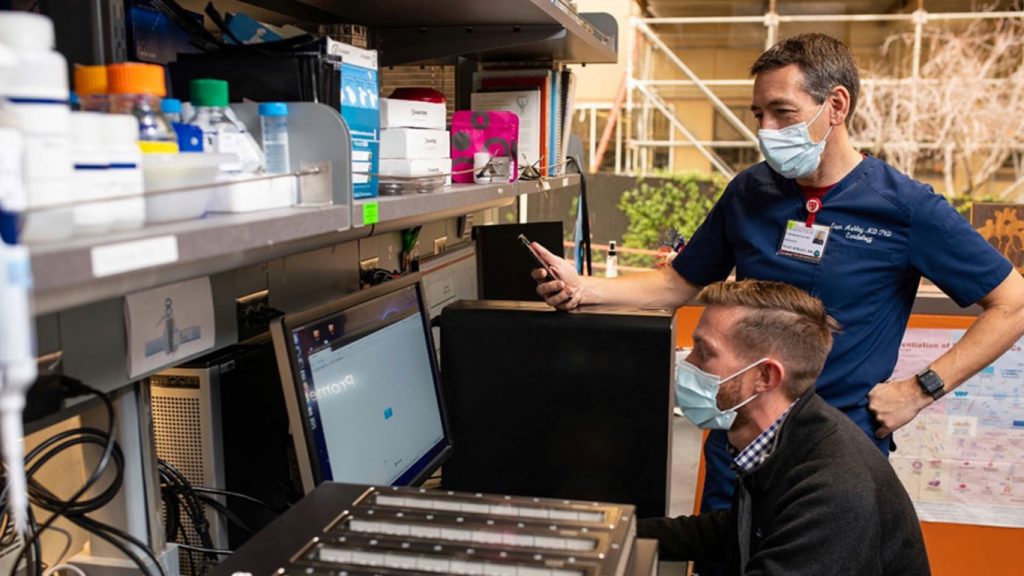Genome sequencing is used to see if a patient’s illness is genetic. This process requires weeks to get the results. A new ultra-rapid technique has been launched and it can sequence a person’s genome and diagnose genetic diseases in just a few hours. The technique has made it to the Guinness World Record.
By comparing a patient’s genome with a checklist of DNA mutations associated with certain inherited diseases, doctors can diagnose otherwise mysterious illnesses.
The researchers achieved this by testing the new technique on 12 patients with various symptoms that couldn’t be related to specific causes, for which rare genetic diseases were suspected. All 12 had their genomes sequenced, and five of them ended up being diagnosed with genetic diseases. The average time for the results was found to be eight hours.
The fastest case took just five hours and two minutes to sequence the patient’s genome, which was recognized by Guinness World Records for the title of fastest DNA sequencing technique. A genetic disease diagnosis followed in this case, with the sequencing and diagnosis taking a total of just seven hours and 18 minutes. The previously held record had a double amount of time for this.
This phenomenal speed is achieved after making several advancements. The technique uses long-read sequencing, which scans DNA sequences that stretch tens of thousands of base pairs, allowing for more accurate reads.
“Mutations that occur over a large chunk of the genome are easier to detect using long-read sequencing,” said Professor Euan Ashley, senior author of the study. “There are variants that would be almost impossible to detect without some kind of long-read approach.”
Another breakthrough was a new device that was made up of 48 sequencing units, called flow cells. Sequencing could be massively sped up by using all 48 flow cells simultaneously to scan one patient’s genome.
The team developed a way to transmit the data to a cloud-based storage system and used algorithms to scan the DNA sequences for mutations. Once these were flagged, the scientists compared these mutations to those known to cause disease. And as fast as the technique is, the researchers say that there’s still room for improvement.
“I think we can halve it again,” said Ashley. “If we’re able to do that, we’re talking about being able to get an answer before the end of a hospital ward round. That’s a dramatic jump.”
The research was published in The New England Journal of Medicine.

